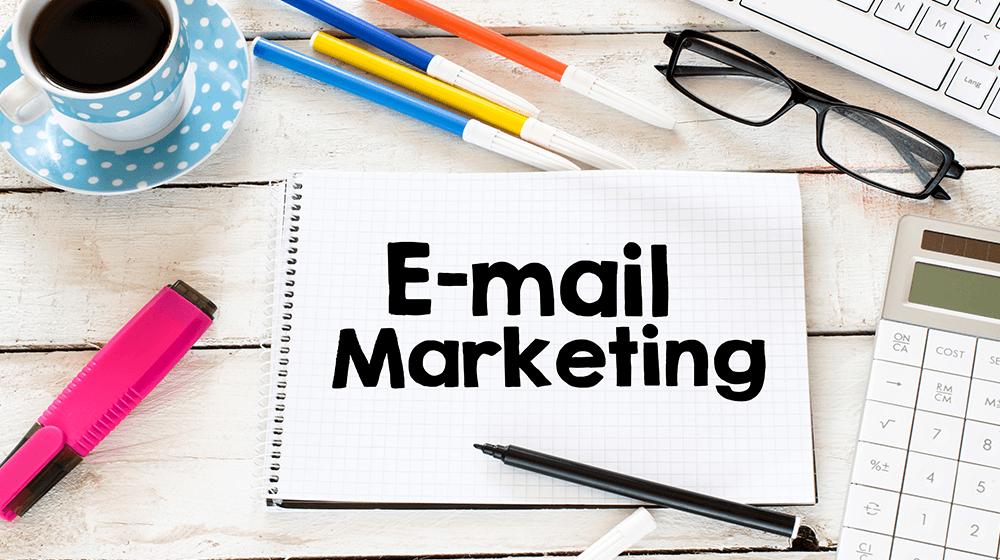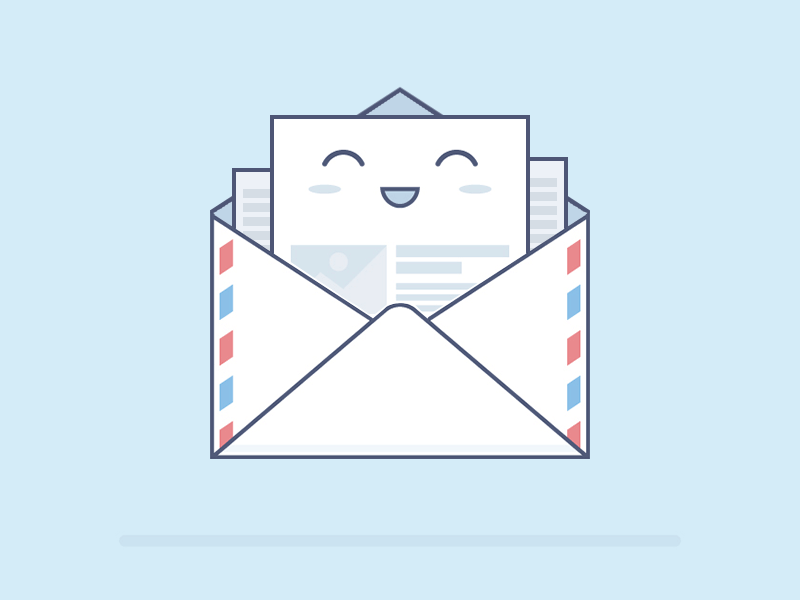Email Marketing
Email marketing involves sending targeted, relevant emails to a list of subscribers with the goal of nurturing leads, building relationships with customers, driving engagement, and ultimately increasing conversions and sales. Here's how email marketing typically works
Building an Email List The first step in email marketing is building an email list of subscribers who have opted in to receive communications from your business. You can collect email addresses through various channels such as website sign-up forms, lead magnets (e.g., eBooks, whitepapers), social media promotions, events, or in-store sign-ups.
Segmentation Segment your email list based on criteria such as demographics, behaviors, purchase history, or stage in the buyer's journey. Segmentation allows you to send more targeted and personalized emails that are relevant to the interests and needs of different subscriber segments.
Creating Compelling Content Develop high-quality, engaging content that provides value to your subscribers. This could include newsletters, product updates, promotions, announcements, educational content, customer stories, or curated content relevant to your audience.
Designing Email Templates Design visually appealing and mobile-responsive email templates that reflect your brand identity and messaging. Use eye-catching graphics, clear formatting, and compelling copy to capture subscribers' attention and encourage them to take action.

Crafting Effective Subject Lines Write compelling subject lines that grab subscribers' attention and entice them to open your emails. Use personalization, urgency, curiosity, or benefits-driven language to increase open rates.
Call-to-Action (CTA) Include clear and prominent calls-to-action (CTAs) in your emails to guide subscribers towards the desired action, such as visiting your website, making a purchase, downloading a resource, or contacting your business. Make sure CTAs stand out visually and are easy to click.
Testing and Optimization A/B test different elements of your emails, such as subject lines, CTAs, content, sending times, and frequency, to identify what resonates best with your audience and improves performance metrics like open rates, click-through rates, and conversion rates. Use data and insights gained from testing to optimize future email campaigns.
Automating Workflows Set up automated email workflows or drip campaigns to deliver targeted messages to subscribers based on their actions, behaviors, or triggers. Examples of automated workflows include welcome emails, abandoned cart reminders, post-purchase follow-ups, birthday or anniversary emails, and re-engagement campaigns.
Compliance and Consent Ensure compliance with email marketing regulations, such as the CAN-SPAM Act (in the United States) or the General Data Protection Regulation (GDPR) (in the European Union). Obtain proper consent from subscribers before sending them marketing emails, and provide easy ways for them to unsubscribe or manage their preferences.
Monitoring and Analytics Track key metrics and performance indicators related to your email campaigns, such as open rates, click-through rates, conversion rates, bounce rates, and unsubscribe rates. Use email marketing analytics tools to monitor campaign performance, gain insights into subscriber behavior, and make data-driven decisions to improve results.
